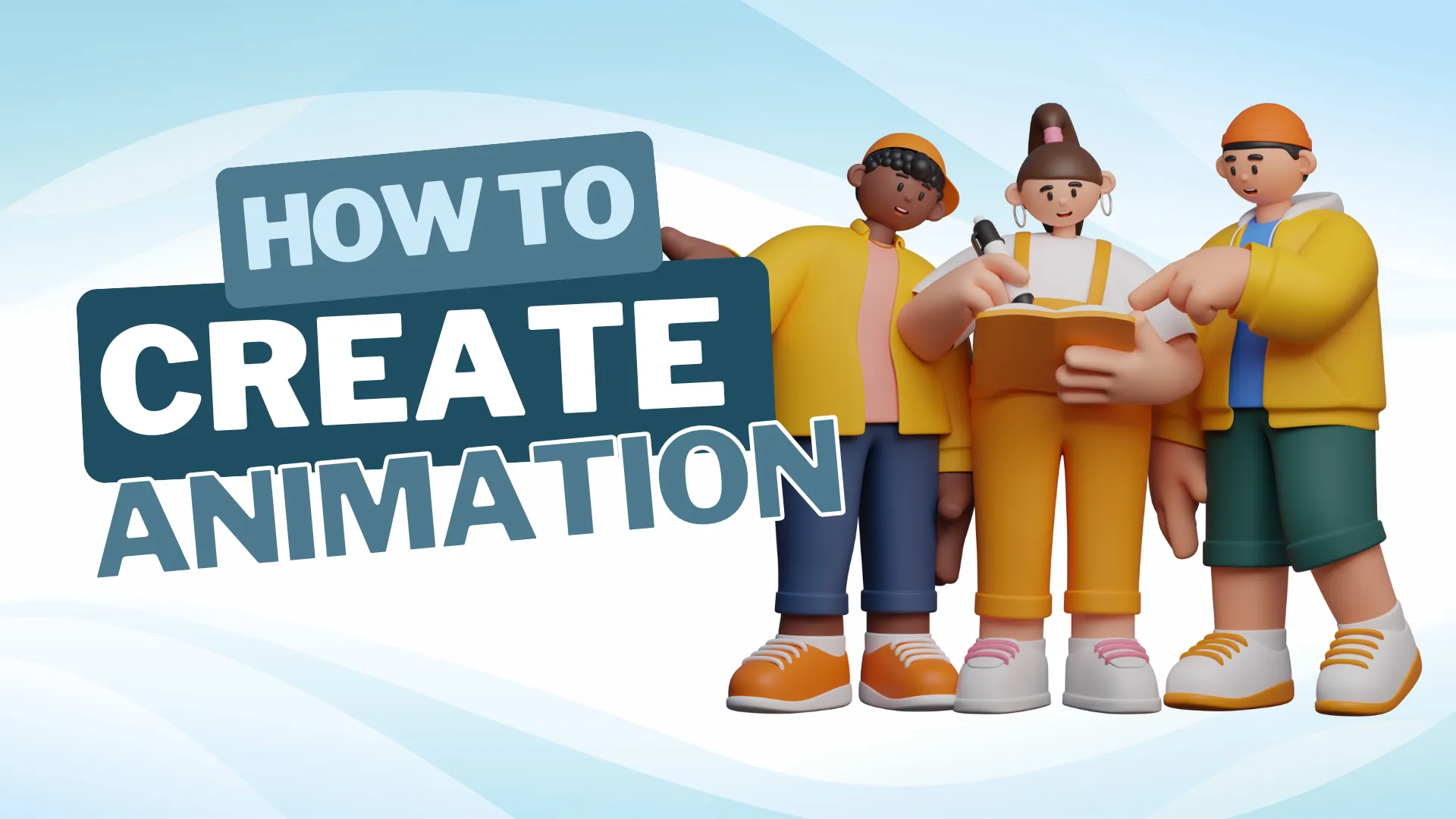Animation is no longer just the realm of big studios like Pixar or DreamWorks. With today’s tools and platforms, anyone can create animation-from short explainer videos and educational clips to full-length stories. Whether you’re a student, marketer, or aspiring filmmaker, this guide will walk you through the essentials of how to create animation, step by step.
What Is Animation?
Animation is the process of creating the illusion of motion by displaying a series of images or frames in quick succession. These frames can be hand-drawn, computer-generated, or built with stop-motion photography. Animations can be 2D or 3D and are used in everything from films and games to websites and advertisements.
Step-by-Step Guide to Create Animation
1. Develop Your Concept
Before jumping into animation software, think about the story or message you want to convey. A strong concept includes:
- Characters: Who is in your story?
- Setting: Where does it take place?
- Plot: What happens?
- Purpose: Is it to inform, entertain, or promote something?
A simple storyboard can help you visualize the flow of your animation.
2. Choose Your Animation Style
There are different styles to choose from depending on your project and resources:
- 2D Animation: Flat visuals, easy to learn, and perfect for explainer videos.
- 3D Animation: Realistic depth and motion, often used in movies and games.
- Stop Motion: Involves photographing physical objects frame by frame.
- Motion Graphics: Ideal for logos, titles, and infographics.
3. Select the Right Software
Here are some popular tools to help you create animation:
- Beginners: Vyond, Animaker, Powtoon, Canva
- 2D Animation: Adobe Animate, Toon Boom Harmony, OpenToonz
- 3D Animation: Blender (free), Maya, Cinema 4D
- Stop Motion: Stop Motion create animation Studio, Dragonframe
Choose based on your style, skill level, and budget.
4. Create Your Assets
Assets include characters, backgrounds, props, and audio. You can draw them yourself, use stock libraries, or generate them with AI tools. Make sure they are all consistent in style and resolution.
5. Animate Your Scenes
Use your software’s timeline and keyframe tools to bring your assets to life. Common techniques include:
- Frame-by-frame animation (drawing each frame individually)
- Tweening (creating motion between keyframes)
- Rigging (creating bone structures for character movement)
6. Add Audio and Effects
Enhance your animation with:
- Voiceovers
- Sound effects
- Background music
- Transitions and visual effects
Audio plays a huge role in keeping viewers engaged.
7. Export and Share
Once you’re satisfied with your animation, export it in a format suitable for your platform-YouTube, Instagram, websites, or presentations. MP4 is a widely accepted format.
Tips for Creating Effective Animations
- Keep it simple: Focus on clarity over complexity, especially for educational or promotional content.
- Use good timing: Animation relies on pacing. Don’t rush or drag.
- Pay attention to detail: Small touches-like blinking eyes or shifting shadows-add realism.
- Use feedback: Share early versions with friends or collaborators for constructive critique.
Final Thoughts
Learning to create animation is more accessible than ever. With creativity, the right tools, and a bit of practice, you can produce animations that entertain, educate, or inspire. Start small, keep experimenting, and enjoy the process of turning your ideas into motion.




